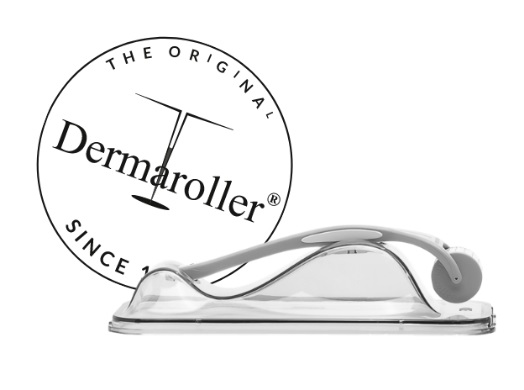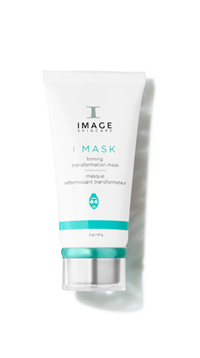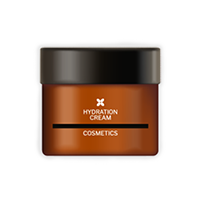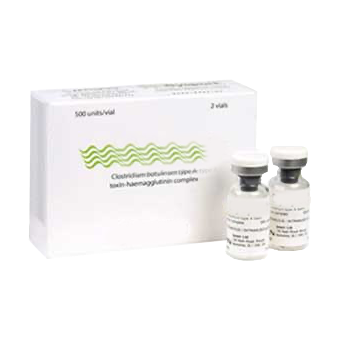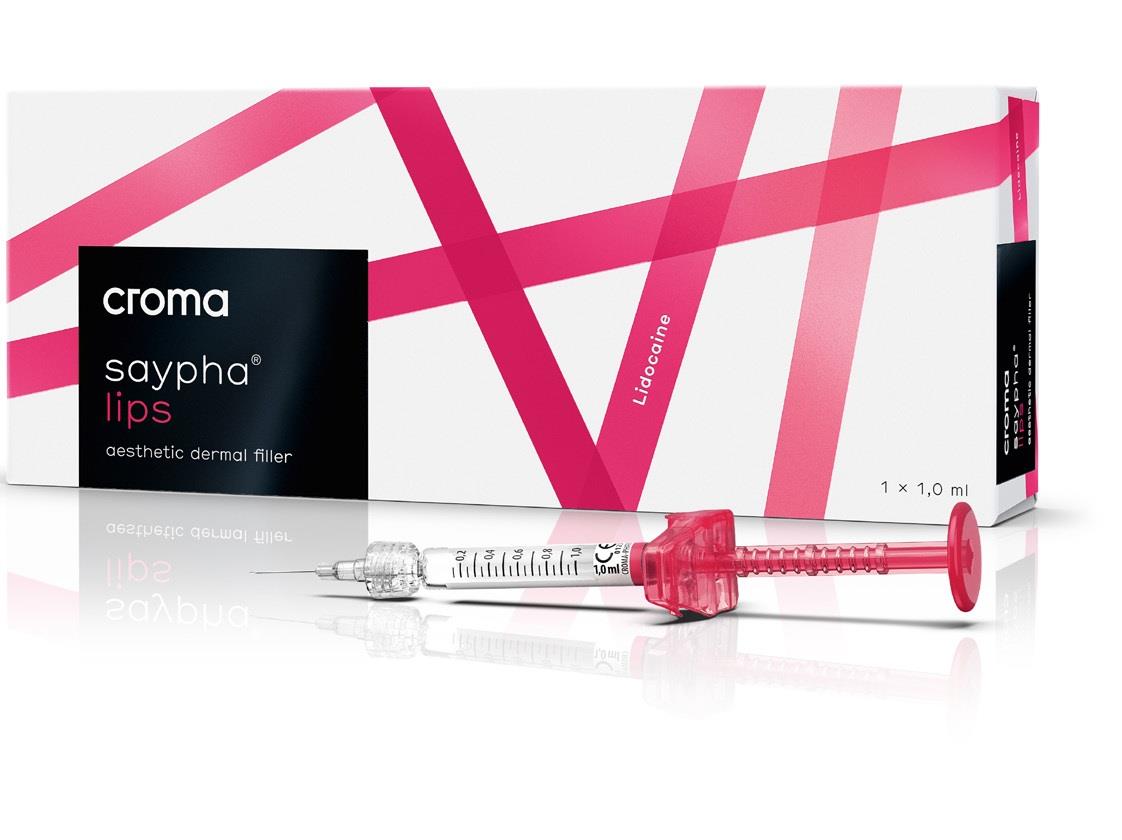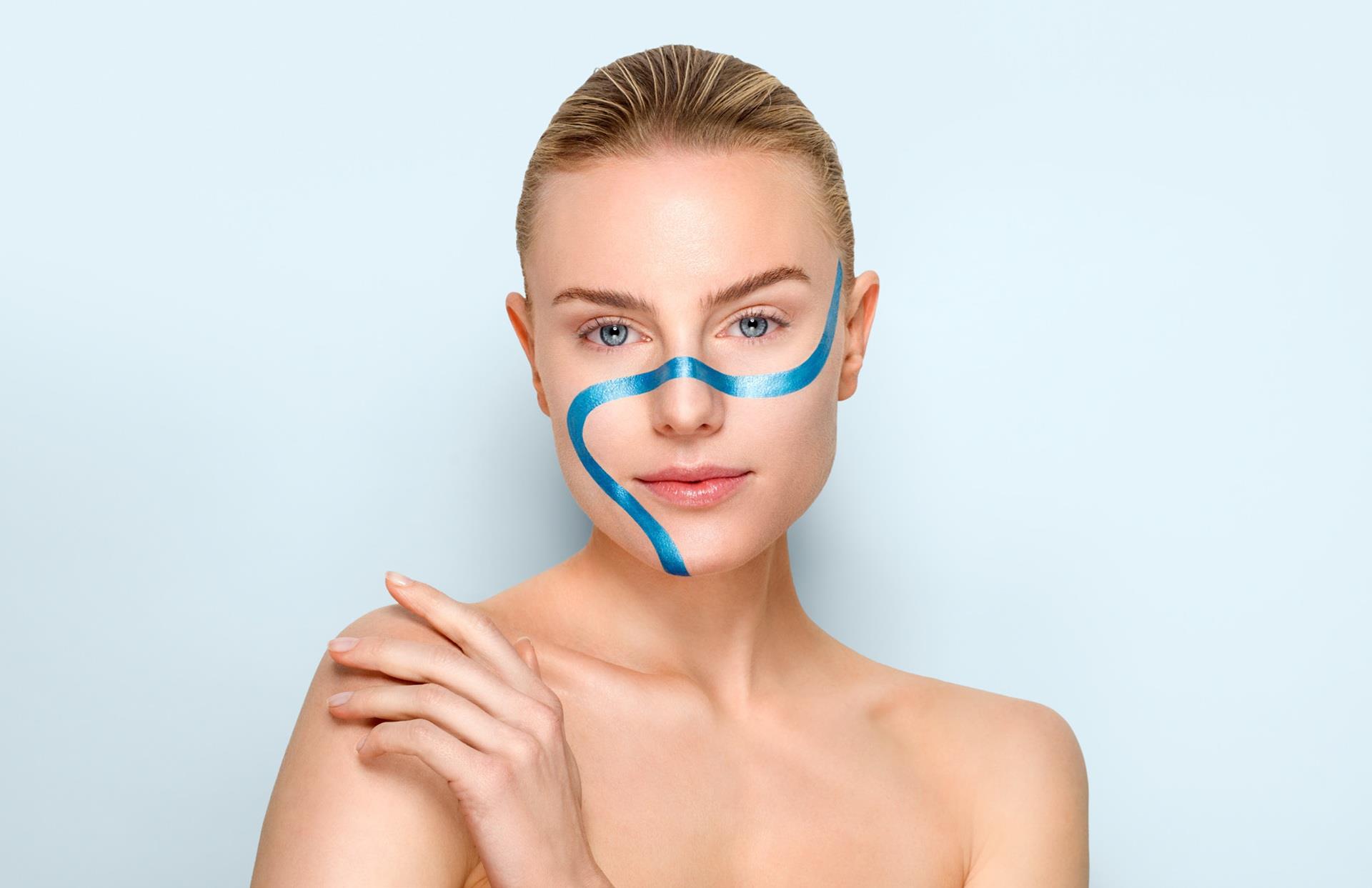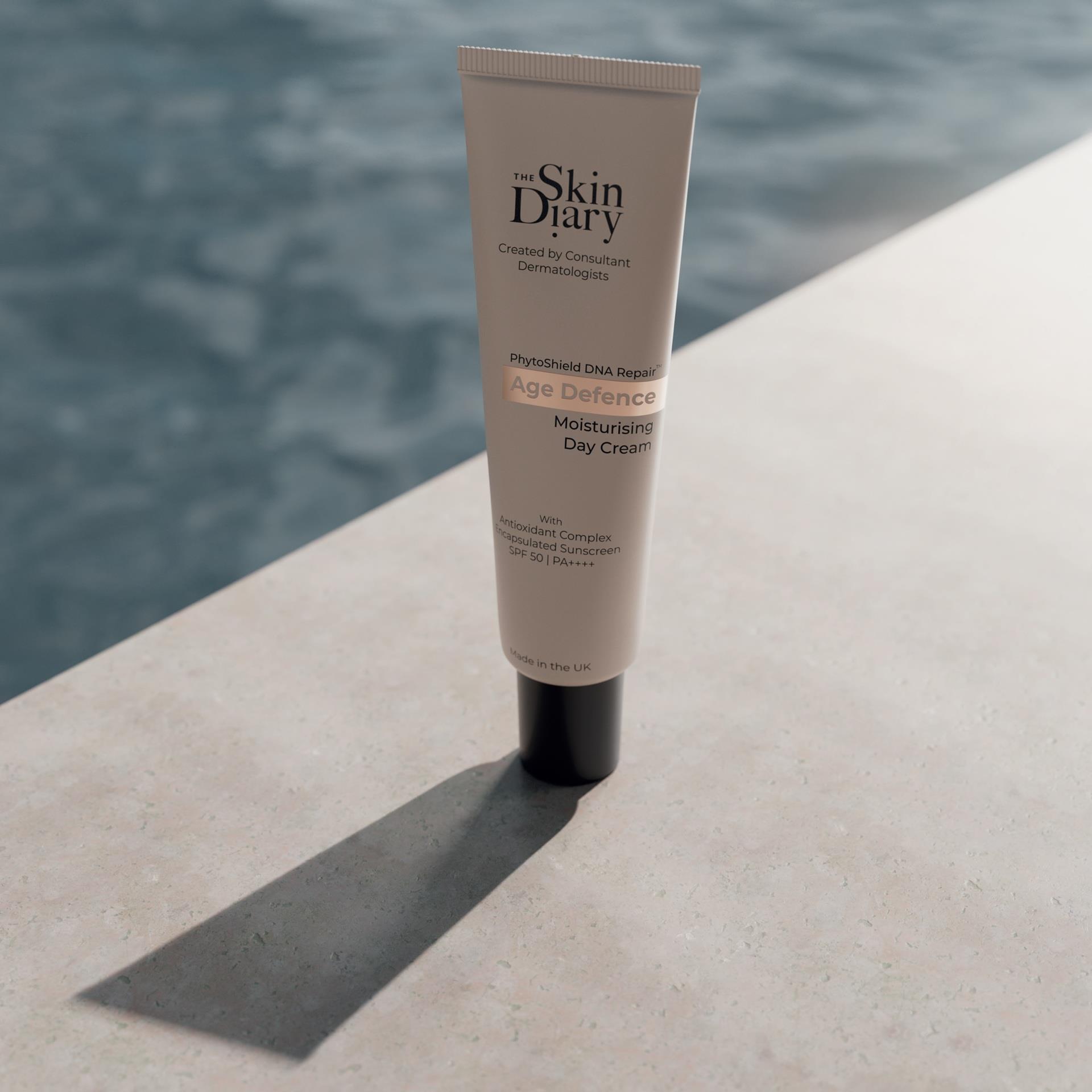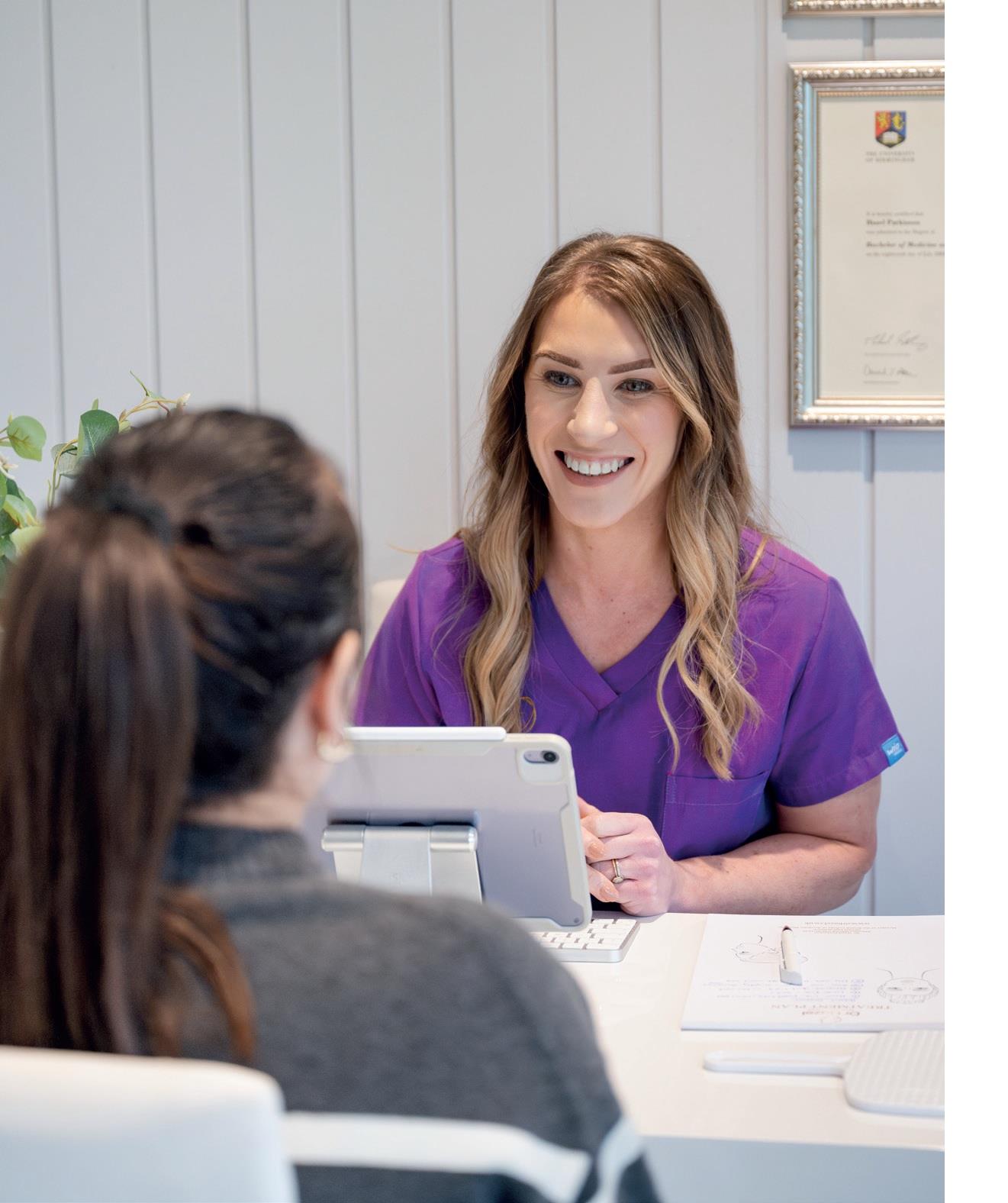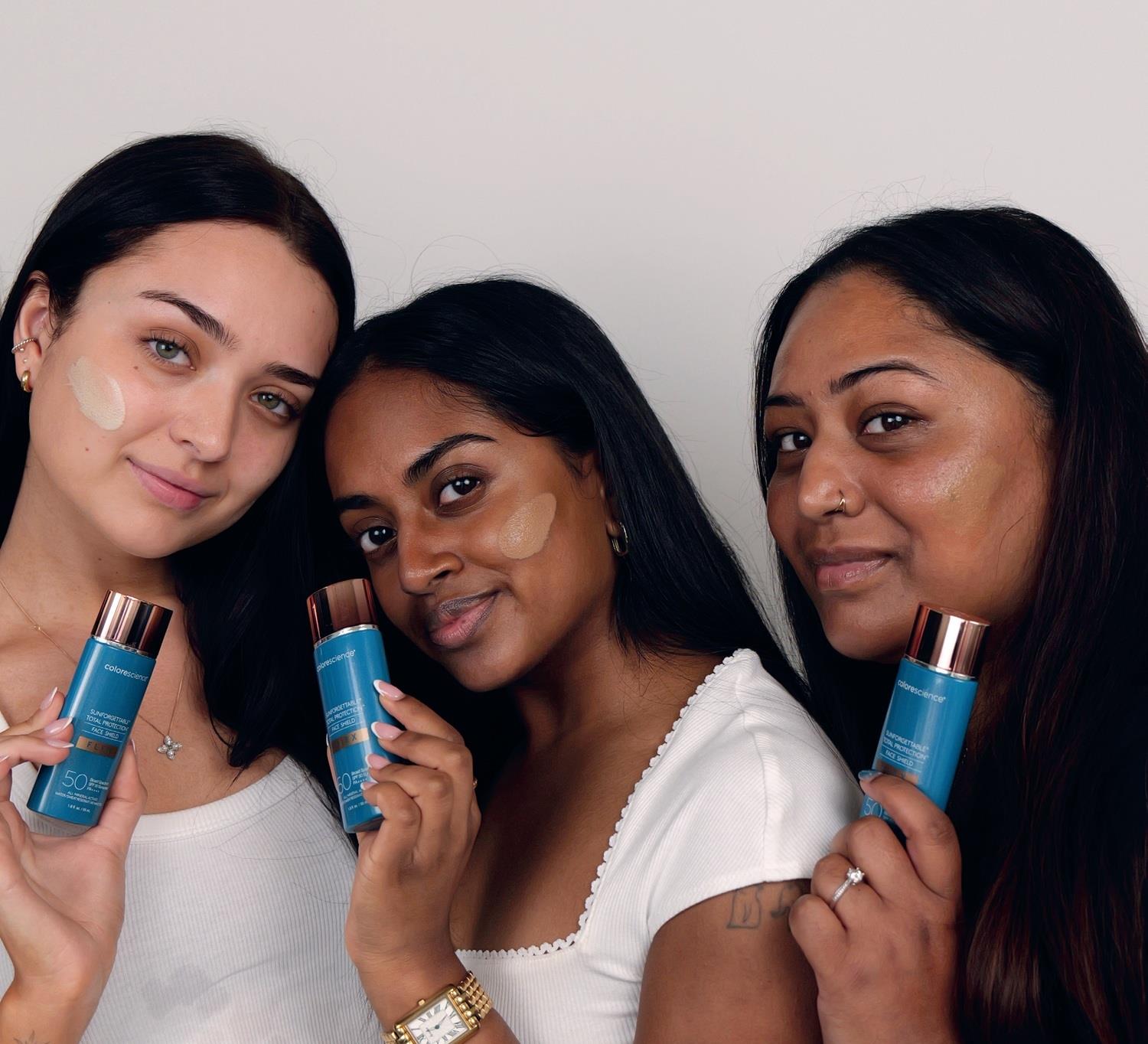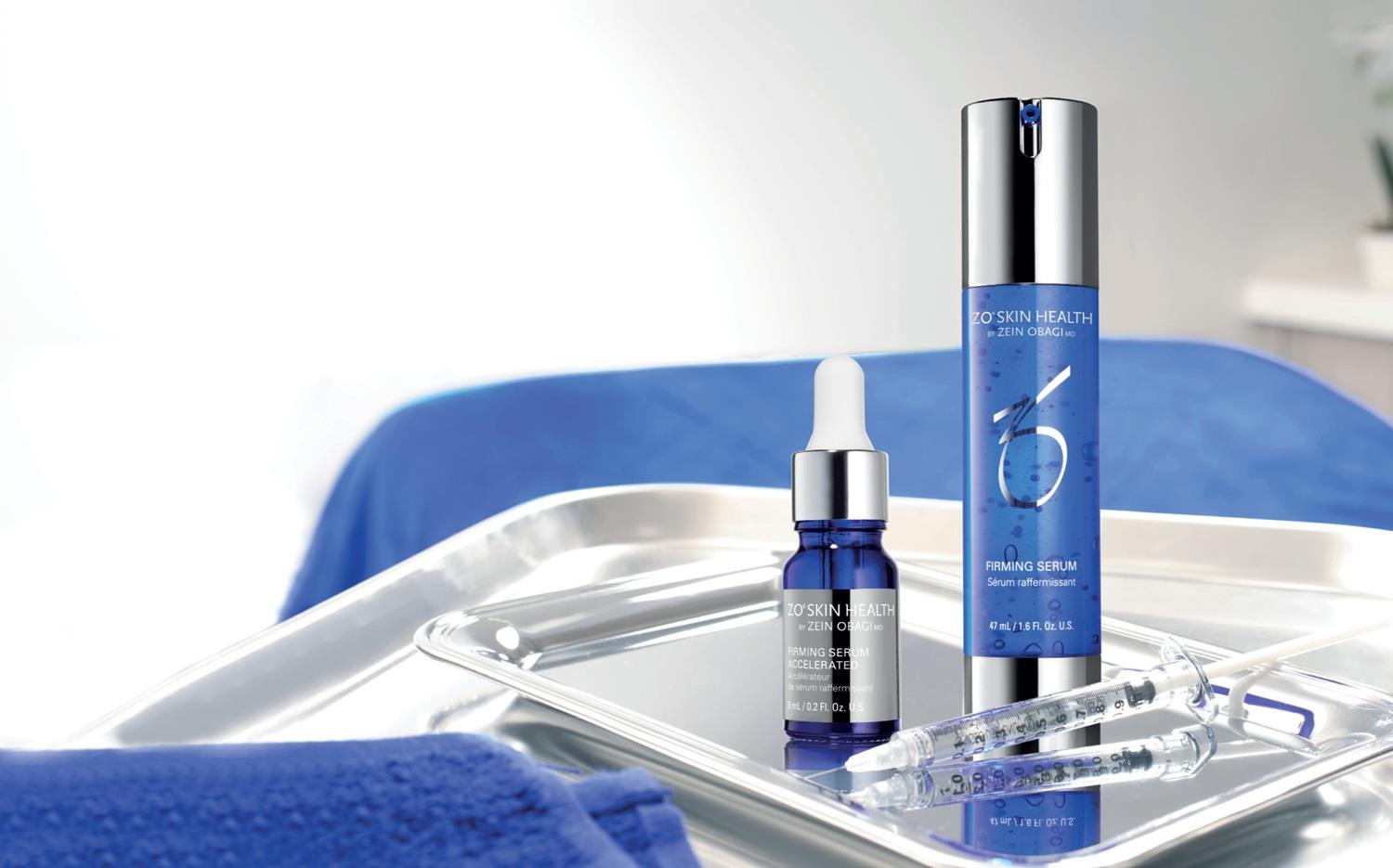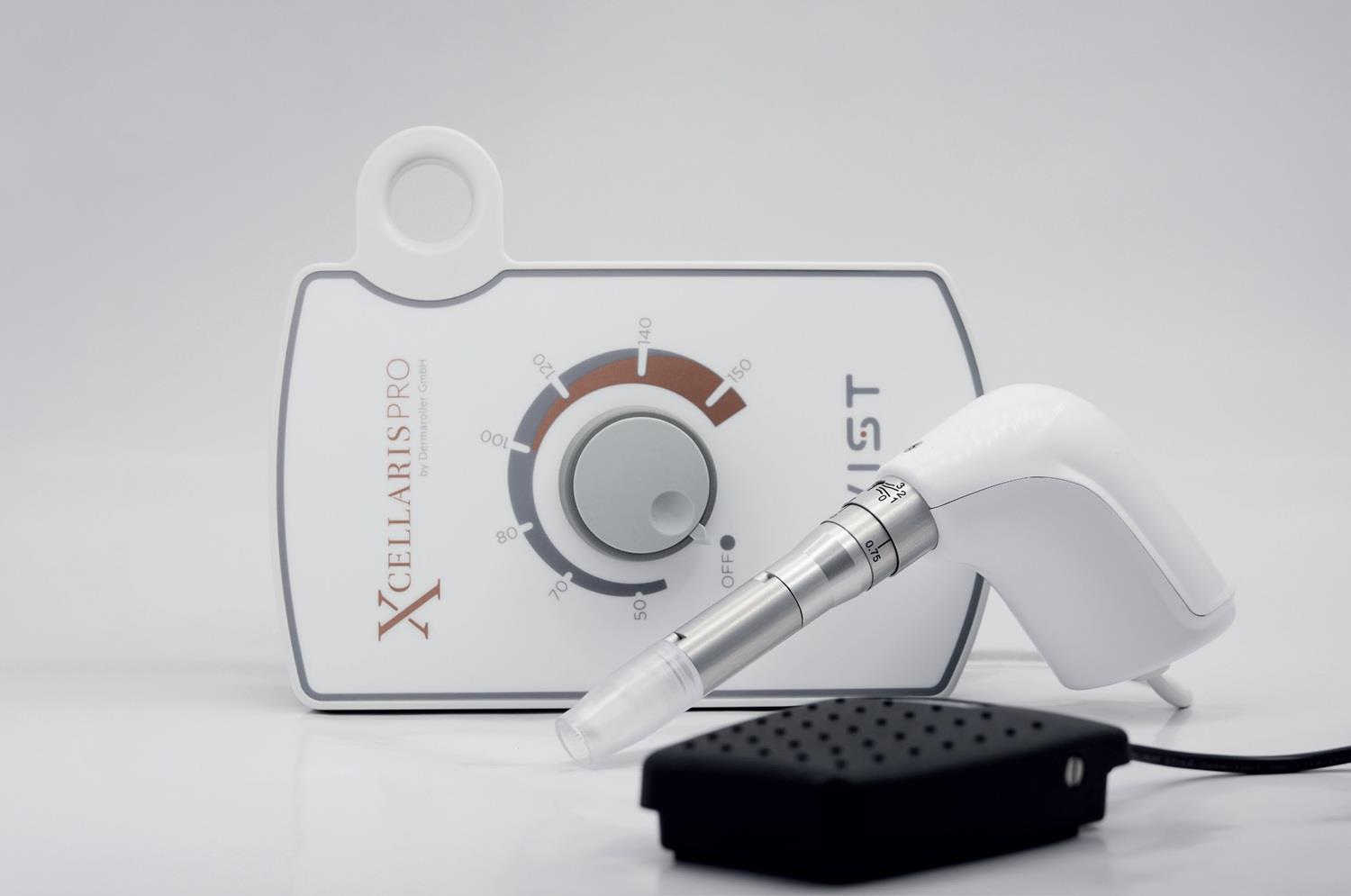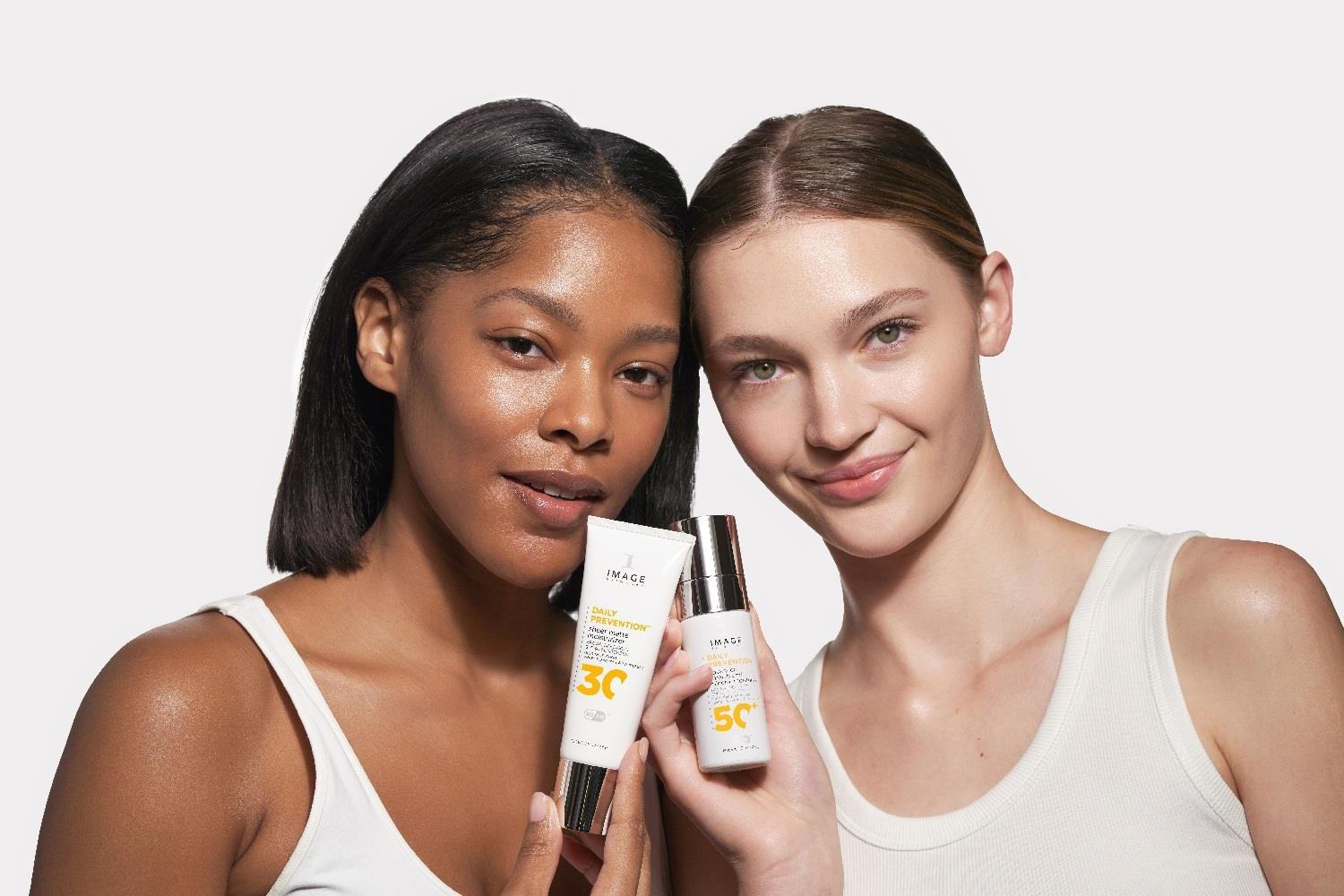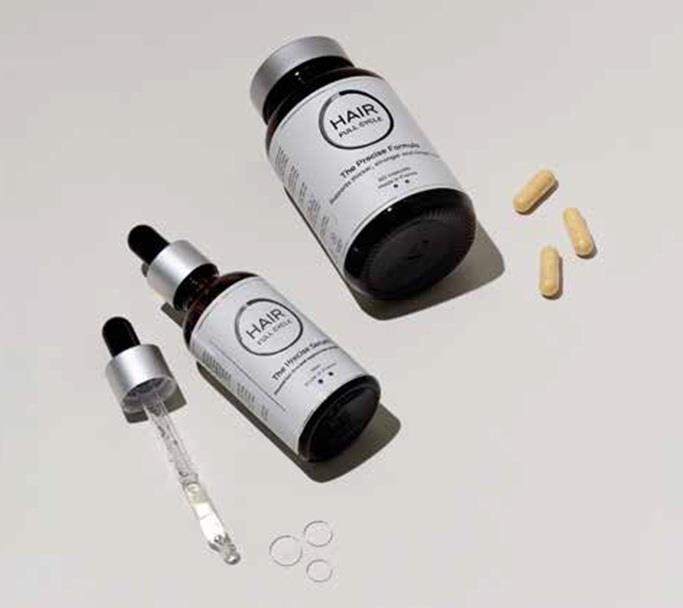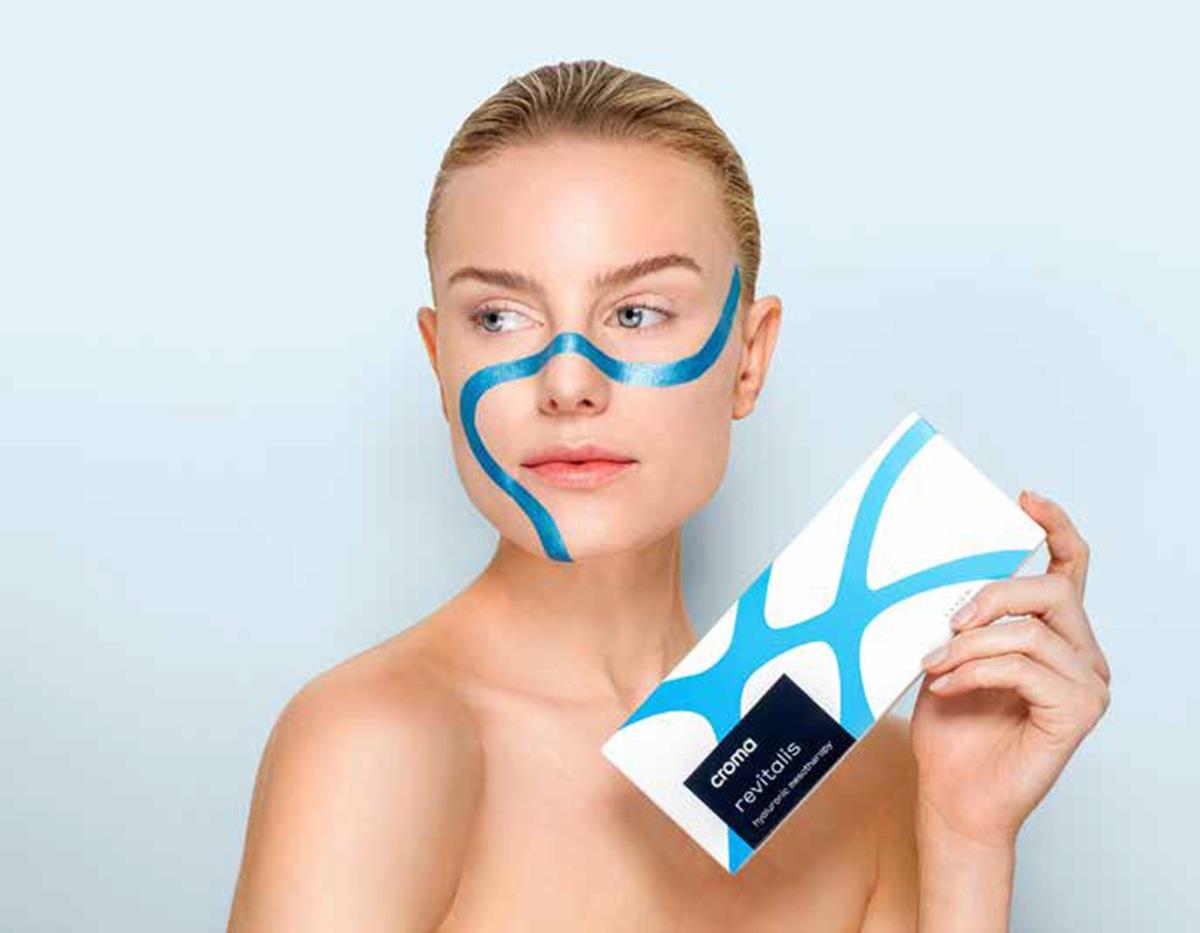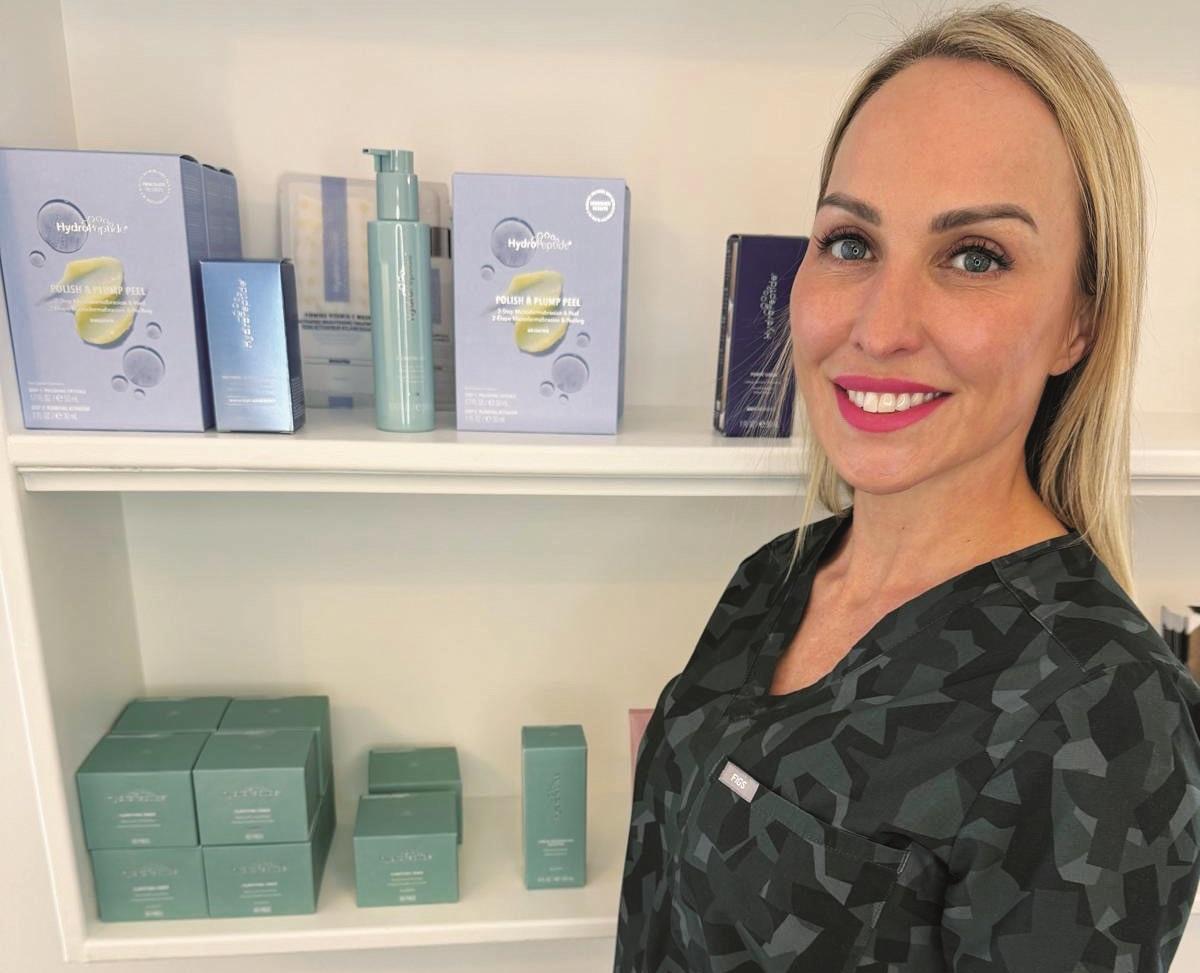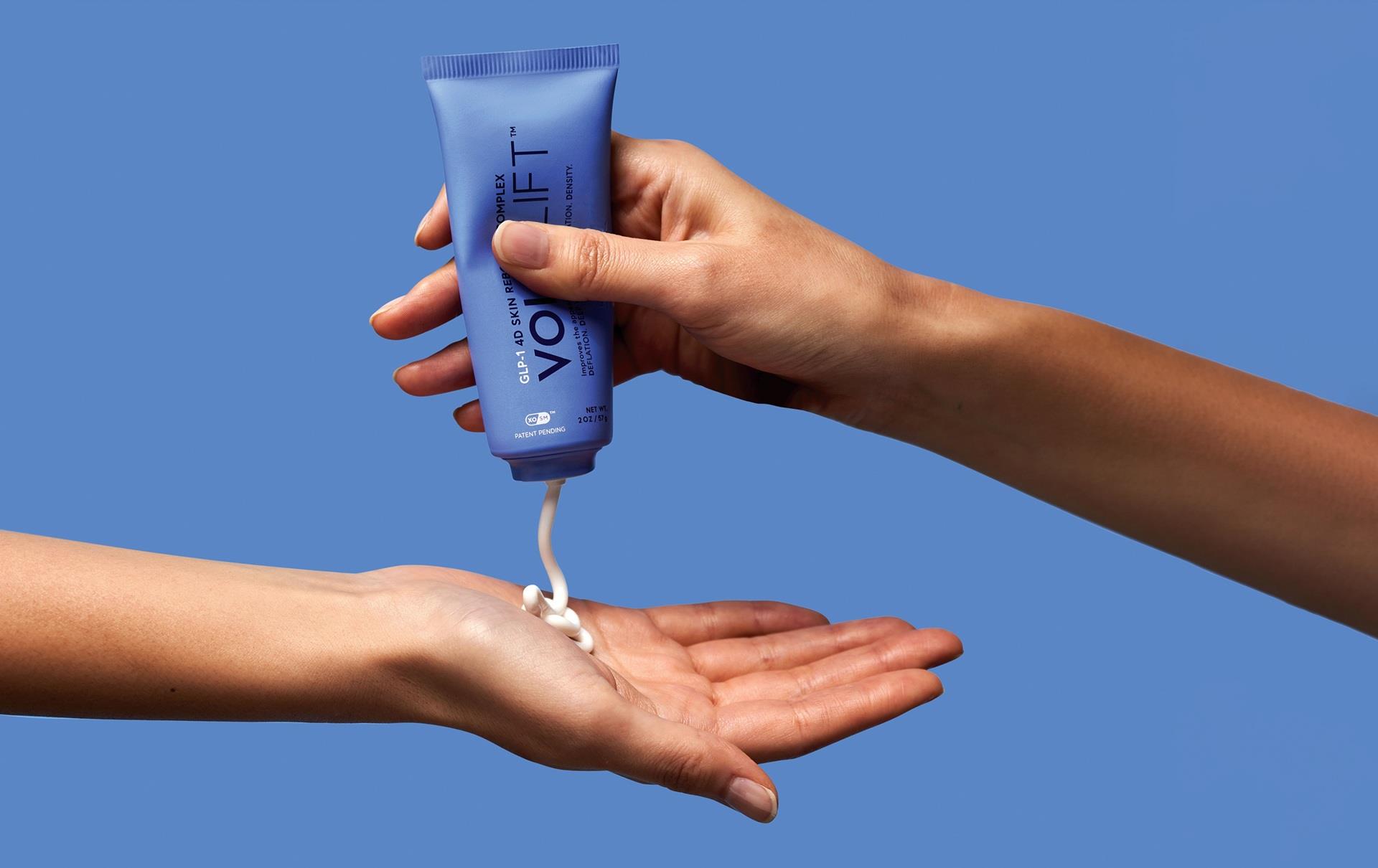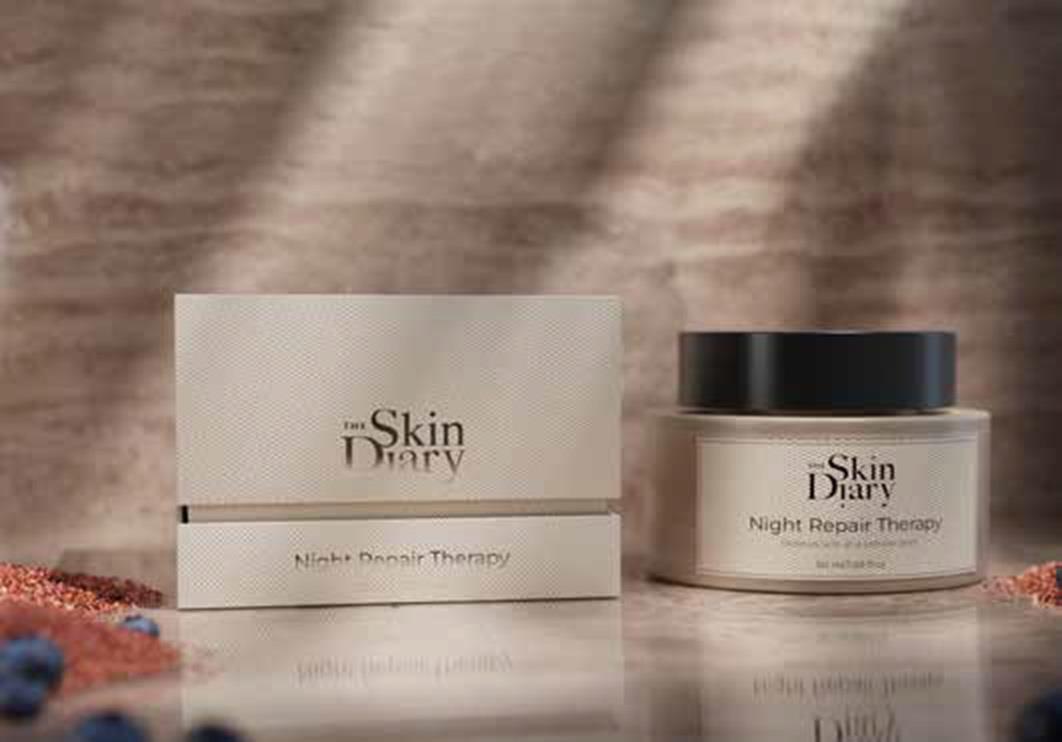
Most people will suffer from some form of hyperpigmentation throughout their life. When the skin’s melanocytes are triggered to produce more melanin, it makes its appearance as dark spots, sun spots, freckles or larger, uneven areas of discolouration.
Hyperpigmentation is an umbrella term and includes post-inflammatory hyperpigmentation, which results from the overproduction of melanin following inflammation; melasma, which is caused by brown patches on the face; vitiligo, a condition in which pigment is lost from areas of the skin; and Addison’s Disease, a rare disorder of the adrenal glands which can cause skin darkening or vitiligo.
76 per cent of patients with acne will develop post-inflammatory hyperpigmentation as a result. “It’s really debilitating for them,” says Amanda Demosthenous.The condition can have an impact on a patient’s mental health: 98 per cent of skin disease patients surveyed said their condition affects their emotional and psychological wellbeing, but only 18 per cent have had some form of support for it.
Researchers found that among melasma patients, 11.6 per cent had anxiety, 12.8 per cent had depression and 8.1 per cent had somatoform disorder. Patients may avoid social situations altogether due to low self esteem, with severe cases risking triggering body dysmorphic disorder.
While hyperpigmentation can be treated, it is a challenging skincare issue and treatment needs to be bespoke to the patient, shares Demosthenous. “Everybody treats pigment differently —there’s different pathways depending on your patients, and what works for me might not work in your practice.”,What causes hyperpigmentation?
A variety of factors can cause hyperpigmentation, including lifestyle elements such as UV exposure, blue light emitting from devices, acne and injury scars, and pregnancy.
Anna Baker sees and treats a huge amount of chronic sun damage in her West Sussex clinic, particularly on the chest and neck area, “which is why we often need a multimodal approach,” she says.
Hormones can also play a part, says Demosthenous: “have they recently changed their contraceptive pill or had something containing progesterone? The contraceptive pill contains synthetic hormones, and hormones effect the pigment cells, so whatever ingredients they’re using will potentially affect them in terms of their pigmentation.
“Are they perimenopausal?” she continues. “What hormone factors have they got going on? They don’t always know they could be perimenopausal and experiencing hormone changes, so if they’re in their 40s, think about that as a background factor before treatment planning.”
Demosthenous agrees that skin conditions such as hyperpigmentation can lead to emotional distress and self esteem issues, but reveals that often patients will present in clinic for another issue altogether. “They might come in for an anti-ageing treatment and don’t realise that the reason they’re looking so aged is because they have lots of pigmentation.”
Common ways of treating hyperpigmentation
Along with taking into consideration a patient’s skin colour, thickness, laxity and fragility, patient history is key—specifically when it comes to sun exposure and behaviour—before treatment planning can commence.
Demosthenous recommends analysing the patients’ skin type before starting any treatment. “The Fitzpatrick skin type and how they react in the sun is really, really important to document—I laser many of my patients and I need to know how they are going to react.
“When skin typing, look at the colour, the thickness and the oiliness, which really dictates what kind of ingredients you can use,” she continues. “I can be more aggressive with my choice of topical product if they have more oil on the skin because they can tolerate it better—they have that buffer.”
“Before we bring out the big guns in terms of IPL, RF and fractional CO2, let’s not underestimate what we can do with topicals,” says Baker.
Demosthenous says “if you put a patient on a pre-treatment regime before laser treatment, you reduce their risk of pigmenting afterwards—there are great pre-treatments to get the tyrosinase controlled, then if you’re using a heat-based treatment on the skin, you know that they’re effectively suppressed.”
In clinic devices include Excel V and Secret RF, with treatment options spanning superficial, medium and deep chemical peels; microdermabrasion; and laser and light therapies including:
- IPL which targets melanin with broadspectrum light to reduce pigmentation;
- Fractional laser resurfacing which stimulates collagen production and addresses pigmentation irregularities;
- Q-switched lasers which are specifically designed to target and break down pigmented lesions for clearer skin.
“I have a 532 and a 1064 nanometer laser,” reveals Demosthenous. “The Cutera Excel V is specifically targeted for vascular and pigmentation issues, and as our patients are mainly vascular patients, we’ve been getting some great results—I’m excited to see when people have been through the whole six-month course.”
Baker is a fan of IPL: “IPL is a big treatment in our clinic,” she confirms. “Probably my favourite is Lumecca which I find to be very powerful and effective. But it’s not something we’re going to use on every skin type—up to about a Fitzpatrick III is our cut off for safety.”
When it comes to maintenance, both Baker and Demosthenous stress that correction and prevention is key, along with skin surveillance and education. “We should also be one step ahead of the game in terms of prevention as well, and longterm skin surveillance is as important as education,” says Baker.
“When you treat pigmentation well, you’re helping to give patients confidence which makes what you’re doing worthwhile,” summarises Demosthenous. “Along with quality of life and educating your patients—make sure they understand what’s caused their pigmentation, because they will buy into your treatment plan more if you explain to them why you’re doing that.”

Anna Baker is an awardwinning Aesthetic Nurse, Trainer and Qualified Educator with over 12 years’ experience in aesthetic medicine. Anna was awarded ‘Aesthetic Nurse Practitioner of The Year’ at the Aesthetic Awards 2017.

Amanda Demosthenous is a RGN and an INP with a BSc (Hons) in Adult Nursing as well as a PGDip in Aesthetic Medicine and an eMBA.Based in Edinburgh at Dr Nestor’s Medical Cosmetic Centre. Amanda has spent 15 years in healthcare, and the last nine in aesthetics.
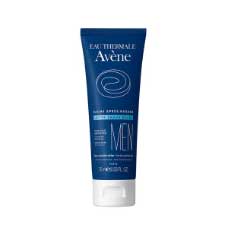
 Added to basket
Added to basket

 Unapplied Changes
Unapplied Changes


